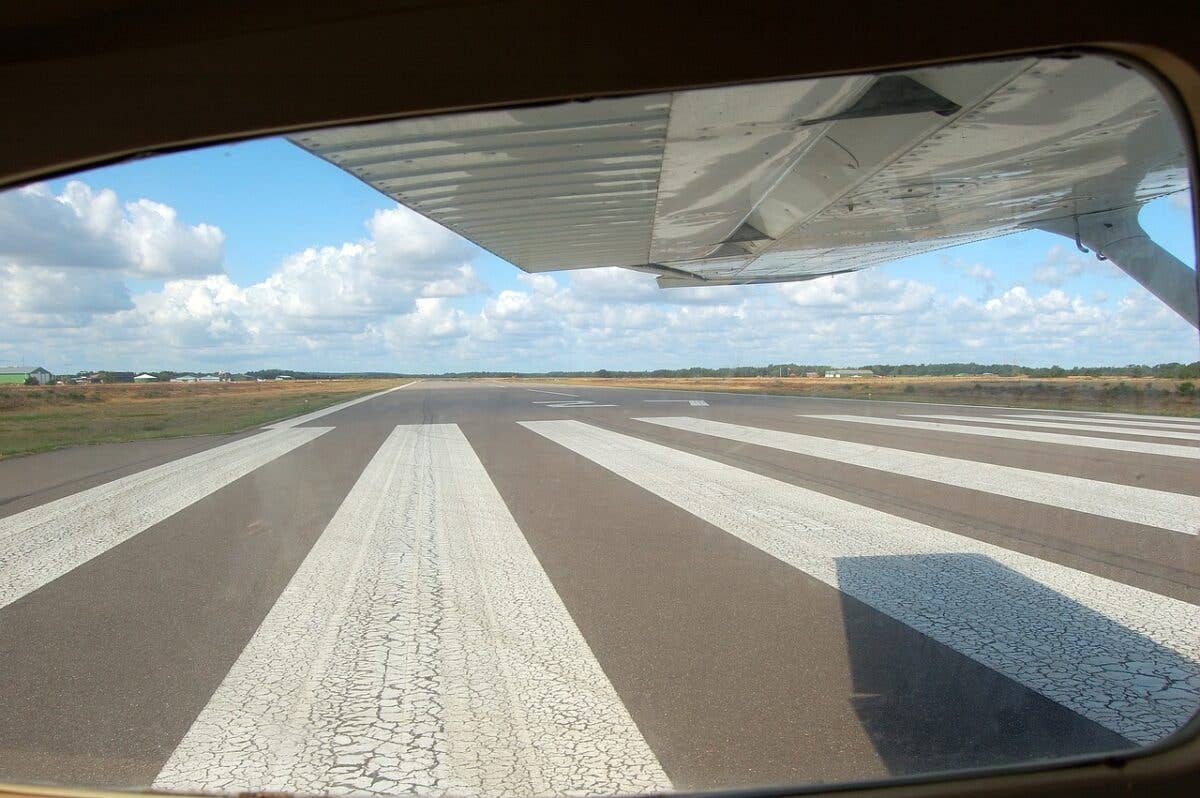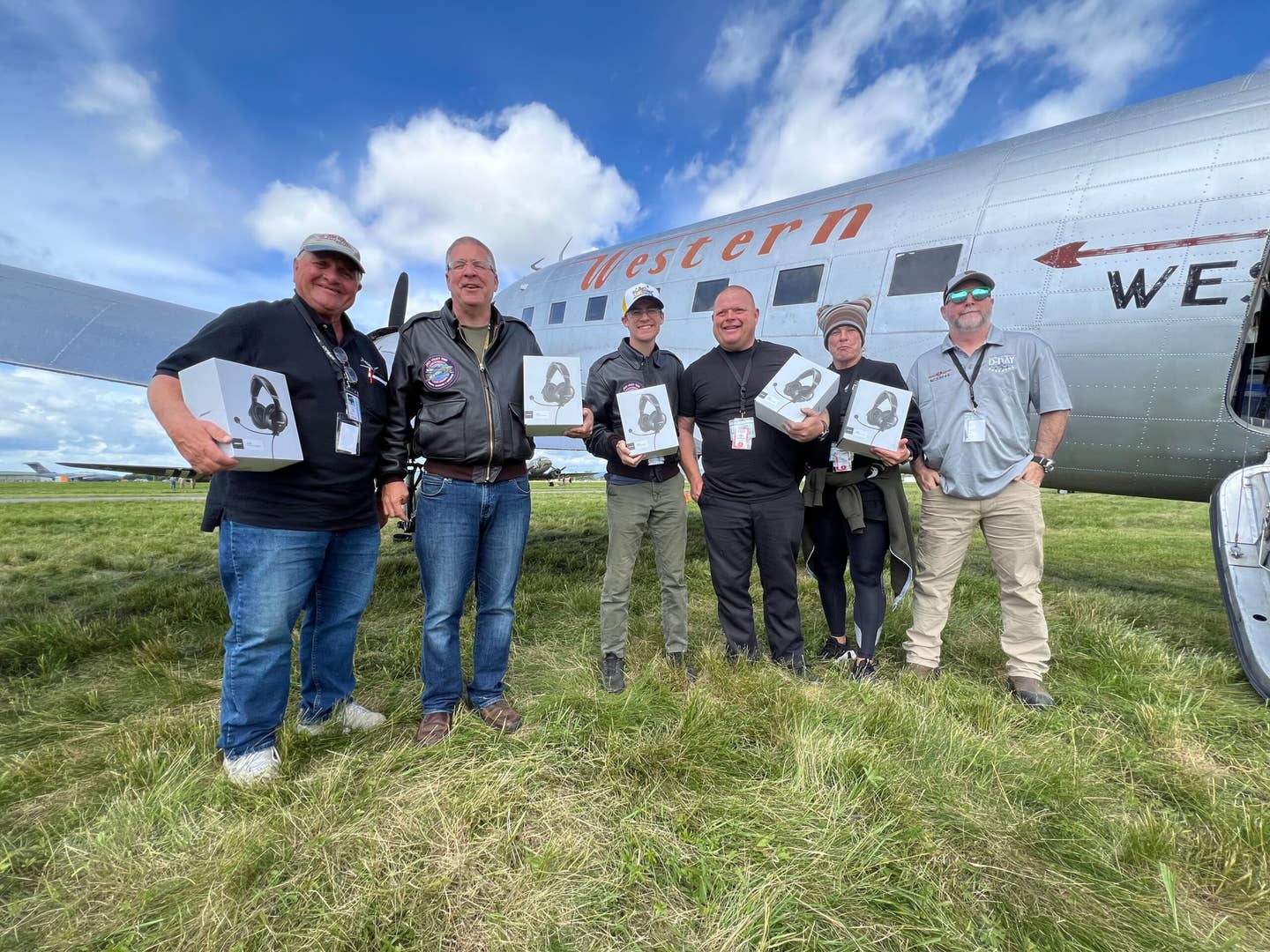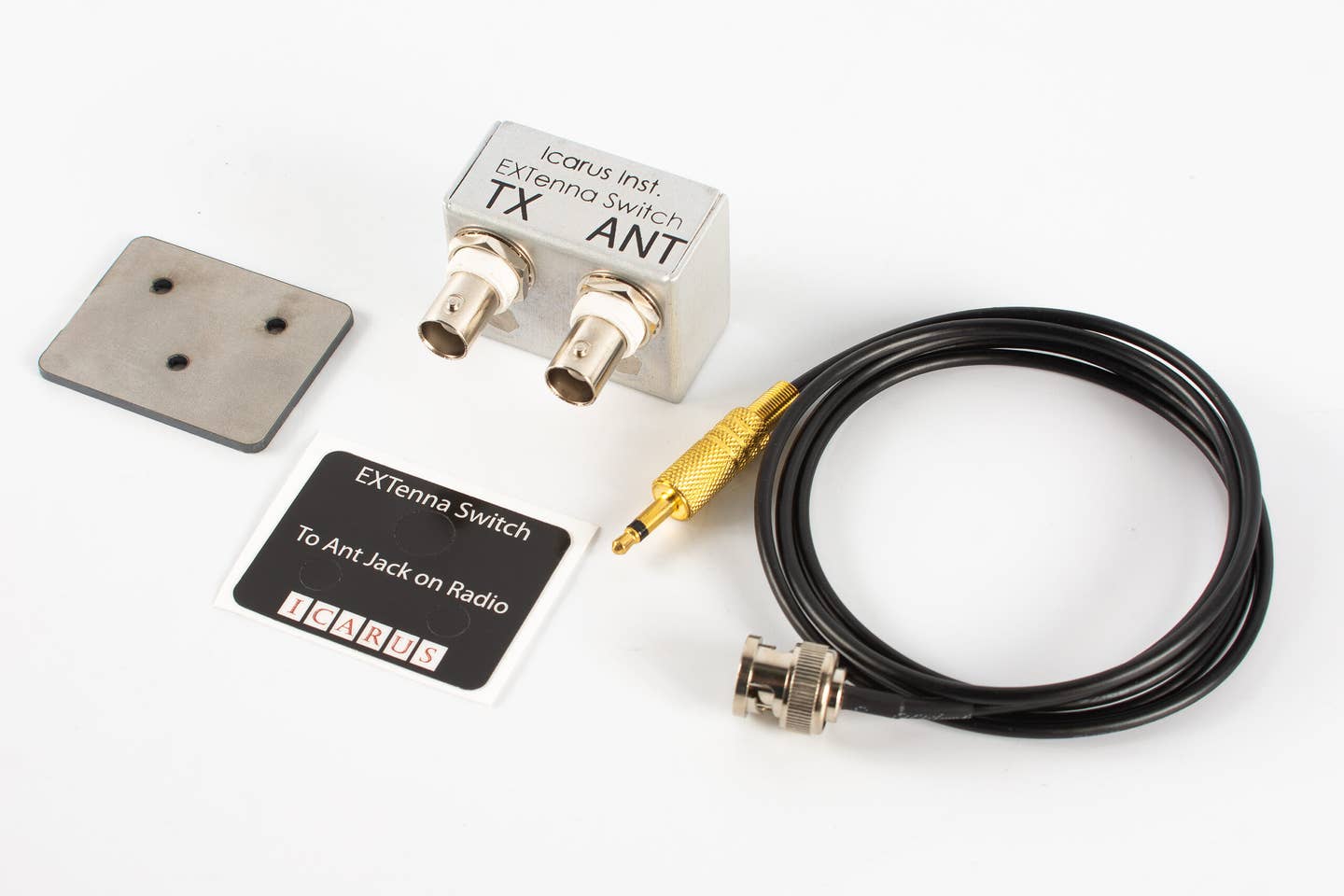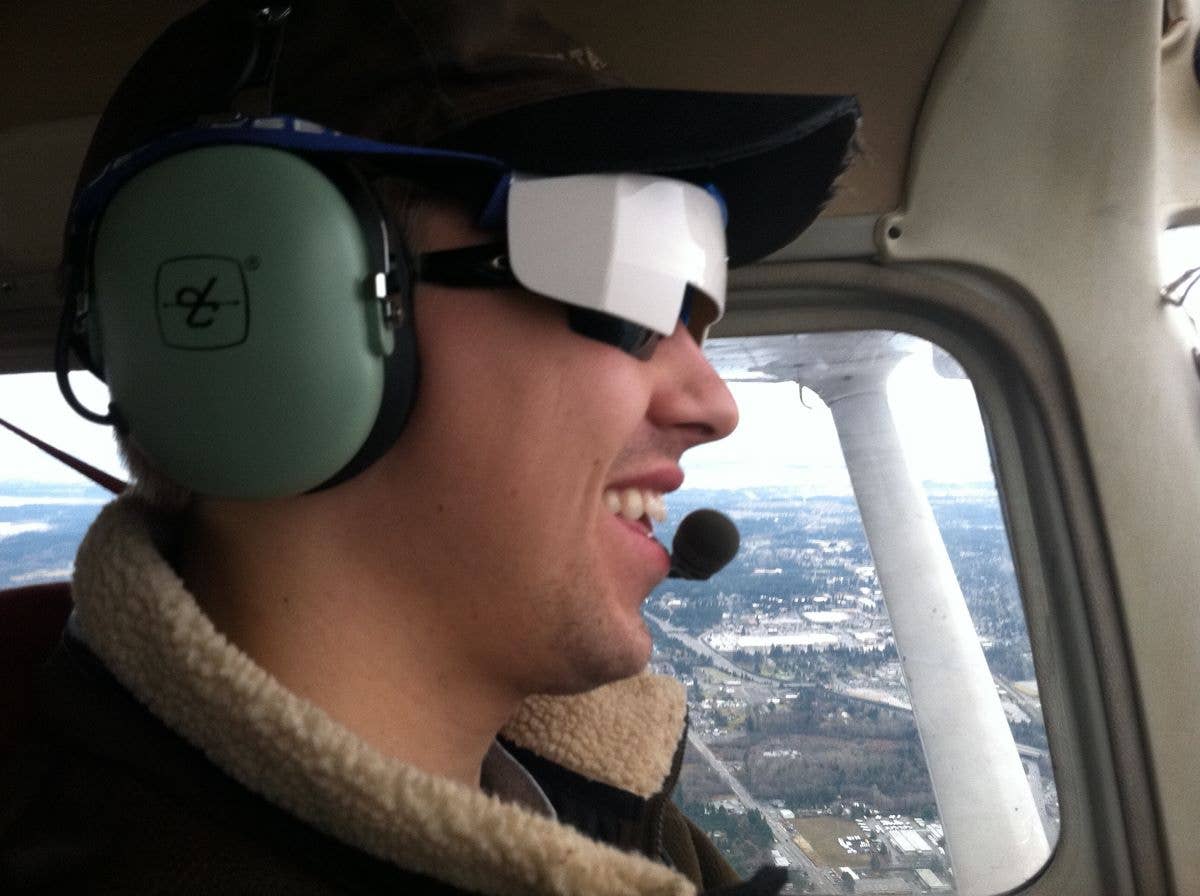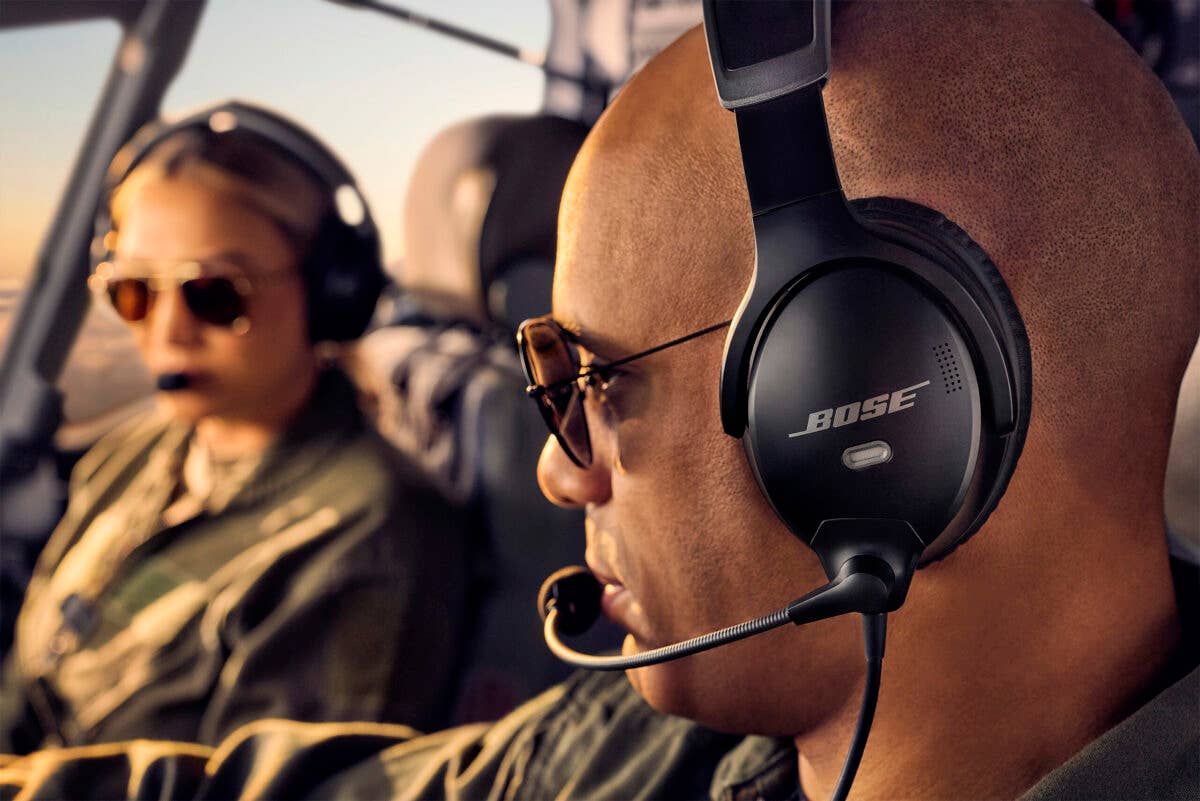
** George Mandes standing in front of the
G1000H-equipped Bell 407.**
My wife and I visited Bell Helicopter in Texas recently for recurrent training in the Bell 407. The day following completion of our training, we had the opportunity to make a 90-minute flight in the new Garmin G1000-equipped Bell 407GX.
I have extensive Garmin experience, and have flown G1000-equipped fixed-wing aircraft since Cessna first offered it in the piston product line. I presently fly a two-display G1000 installation in a T206 and a three-tube installation in a Caravan. While I love the G1000/GFC 700 autopilot installation in IFR-equipped fixed-wing aircraft, I had mixed feelings about how useful G1000 would be in a VFR helicopter. In particular, I was concerned about whether the new panel would obstruct the pilot's view in off-airport operations, if the engine power gauges would be hard to use, and since helicopters need to be actively controlled at all times, often with two hands, how much "heads down" button pushing would be required. Having followed the G500H certification program in the 407, and being thrilled by how that turned out, I frankly wondered whether the G1000 would be a step forward or backward.
Since I often fly off airport and in the mountains in a 407, I couldn’t wait to get in the right seat of the 407GX and see whether the new, enlarged panel obstructed my view outside. Despite my concerns, Bell got it right, as the panel is cut so as to allow a view of the outside below, above and to the side of the panel.
With that big concern out of the way, Randall Parent, Bell’s 407GX demonstration pilot, hooked up a ground power unit so we could study the helicopter specific features of this G1000 installation. My first impression was how clean the G1000 installation was. I fly a late model 407, and its various engine and power gauges look simultaneously cluttered and antique by comparison with the two large G1000 displays, incorporating most all aircraft instrumentation and navigation in the 407GX.
The 407GX engine starting procedure is done with both the PFD and MFD switched on, which means most communication and navigation tasks can be completed before engine start, reducing rotors turning time prior to departing. Instead of checking various annunciators and systems as you do on the legacy 407 prior to start, you now have CAS messages on the G1000 displays. While I was concerned about the engine instruments presentation on the G1000, again I was quite pleased with how Bell and Garmin integrated all the various information into a single limit display.
Prior to lifting into a hover, we displayed the new rear-facing camera on the Garmin MFD, allowing us to look back toward our tail rotor and the area behind the helicopter. After we were established in a hover, and prior to departing the Alliance Airport on our flight, we pressed a button on the MFD, and the G1000 system calculated a power check of the engine. Previously, pilots would perform a power check by taking off and, once in flight, noting engine parameters, altitude and temperature, and later go to the RFM to determine the health of the engine. How sensible in a single-engine helicopter that you can get a quick check on the health of the engine prior to leaving the hover.
Departing the Alliance Class D airspace, we dropped down and looked at the helicopter specific TAWS installation in the 407GX. Previously, when flying a helicopter low level, you just inhibited the terrain warning to avoid constant nuisance alerts. With the 407GX, there are three modes, OFF, normal, and a low-level mode that avoids most nuisance alerts while highlighting obstacles like towers on the PFD. The display of terrain, obstacles and traffic is amazing on the Garmin synthetic vision, and the targets grow as you approach the conflict. The 407GX is also equipped with Garmin’s new directional audio panel, that among other features, broadcasts a traffic alert from, for example, your right side through the right ear cup of your headset. A neat helicopter-specific feature is that you can push a button on the cyclic, and with voice commands do many things on the audio panel that previously required a free hand. Since two hands are often required to control a helicopter, the voice control feature is a major benefit.
There is also an optional Iridium kit that allows you to place sat phone calls in flight, and access weather information in remote areas not covered by XM service. Since we live in Alaska, and XM does not provide Alaska weather, the Iridium option is attractive to us. The MFD allows you to easily access information concerning the 407’s fadec system, and wirelessly transmit that information from the helicopter for maintenance purposes. The MFD also has an SD card, where the flight can be downloaded and then displayed in Google Earth.
In flight, unlike on a legacy 407, where you monitored torque, MGT and gas producer for the first limit, the single limit display looks at all three parameters and flashes yellow or red depending upon what limit is reached and for how long. The airspeed tape adjusts for the Vne of the helicopter at different density altitudes, and even knows for example, that the Vne goes down for torque above max continuous. In the event of an engine failure, a large depiction of rotor rpm and the engine instruments automatically appears on the MFD.
While the 407GX is not certified for instrument flight, we decided to test the capability of the G1000 for an inadvertent IMC encounter by shooting a full procedure ILS back into Alliance. The PFD showed a series of boxes called Pathways that took us around a procedure turn course reversal, and down a stabilized ILS into Alliance. As someone that did their ATP Rotorcraft rating flying raw data on an HSI, I can confidently say that the ability to shoot an approach with the Garmin Pathway boxes is a major workload reducer in a helicopter.
After getting back on the ground, and reflecting on the test flight, I was incredibly impressed with the G1000 installation in the 407GX. Where I had envisioned just G1000 dropped into a rotorcraft, the GX installation does so much more, and it is far and away the most exciting avionics advance in helicopters that I have seen.

Subscribe to Our Newsletter
Get the latest FLYING stories delivered directly to your inbox

